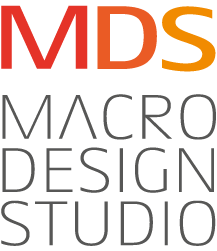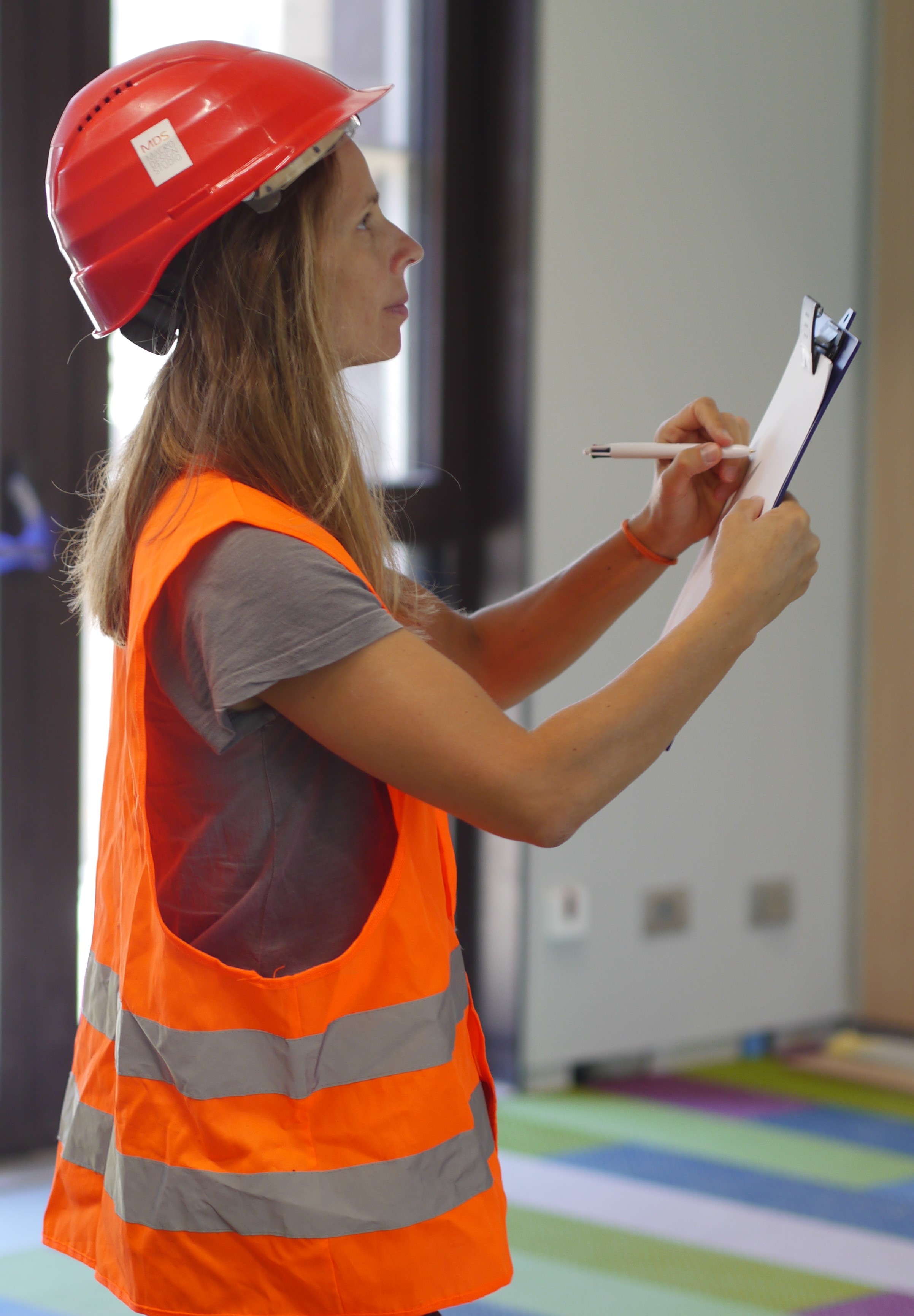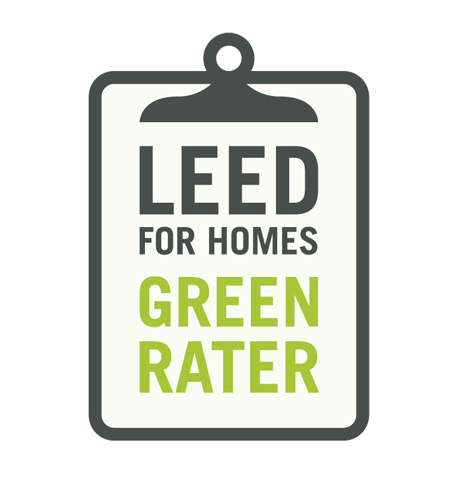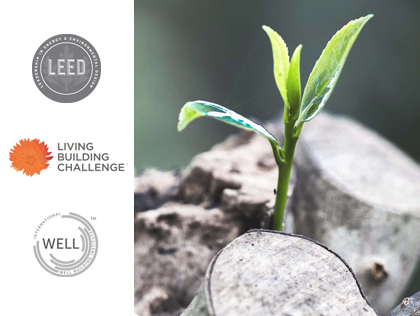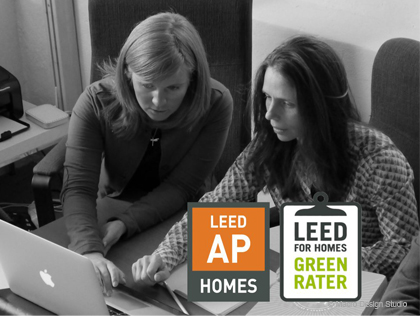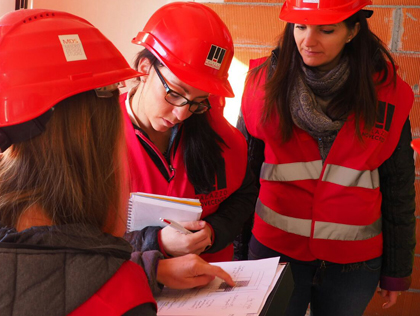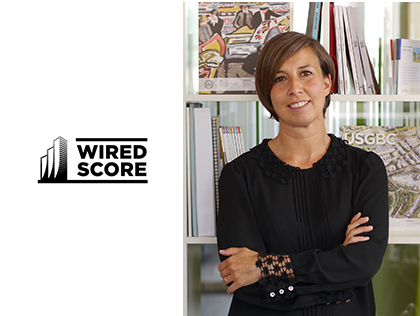The new LEED v4 allows to certify residential buildings with LEED for Homes protocol also in Italy; this means that you can apply LEED protocol during the design, construction and rehab of single-family or multi-family residential buildings.
Ready to start?
Work team:
Design Team, LEED AP Homes, LEED Green Rater, Qualified Energy Rater, Provider, USGBC.
Main steps:
1.Find a LEED Green Rater
The customer or the design team interested in pursuing the LEED certification must contact a LEED Green Rater.
This figure is mandatory for the certification purposes, and he/she leads the verification team and works directly for a USGBC accredited Provider.
The LEED Green Rater coordinates the Preliminary Rating, organizes the necessary documentation for the certification, and performs on-site inspection during and at the end of the construction phase of the building.
Unlike other versions of LEED, LEED for Homes provides on field verifiers: the LEED Green Rater and the Qualified Energy Rater.
2.Choose the rating system
All the projects that wish to pursue LEED certification must comply with the minimum program requirements (MPRs) and identify the LEED project boundary, ie the project area under certification.
The new version 4 of LEED for Homes protocol is composed by two different rating systems: LEED BD+C: Homes and Multifamily Lowrise and LEED BD+C: Multifamily Midrise.
Homes and Multifamily Lowrise is the certification of single-family homes and small condos (one to three floors); Multifamily Midrise is designed for residential buildings with at least four floors.
Depending on the obtained number of points, the following certification levels can be achieved:
LEED Certified (40-49 points)
LEED Silver (50-59 points)
LEED Gold (60-79 points)
LEED Platinum (80 points or more)
3.Complete the LEED checklist
Starting from the OPR (Owner Project Requirements), the design team and the customer, led by a LEED AP Homes, define project objectives, expected certification level, and project strategies to verify all prerequisites and credits that are intended to pursue.
4.LEED Green Rater and Qualified Energy Rater activities
The LEED Green Rater organizes and facilitates the Preliminary Rating, achieves the Mid Construction Visit and the Final Construction Visit; the Energy Rater performs field tests and verifications.
The Preliminary Rating, mandatory for the certification process, is a meeting during which the LEED Green Rater analyzes with the integrated team the LEED checklist and defines roles and responsibilities for each involved figure.
The Mid Construction Visit is the undergoing site inspection that is performed to review the internal elements that will no longer be visible at a later stage.
The Final Construction Visit is the on-site verification that is performed once the building’s construction phase has been completed, including the outside areas.
5.LEED Documentation and Certification Review
The integrated team delivers to the LEED Green Rater the documentation for each prerequisite and credit defined during the Preliminary Rating. The LEED Green Rater verifies that the documentation is consistent and integrates it with the results of the Qualified Energy Rater tests. The complete package is sent to the Provider, he/she verifies it, ensures its quality and transmitted it to USGBC for the LEED certification release.
LEED for Homes certification assures owners and future tenants a high-quality, healthy and comfortable, energy-efficient and water-efficient building, maintaining its performance over time.
Macro Design Studio leads and helps during the certification process by having in its staff a qualified LEED Green Rater / Energy Rater and a LEED AP Homes.
For more information: www.usgbc.org/guide/homes
